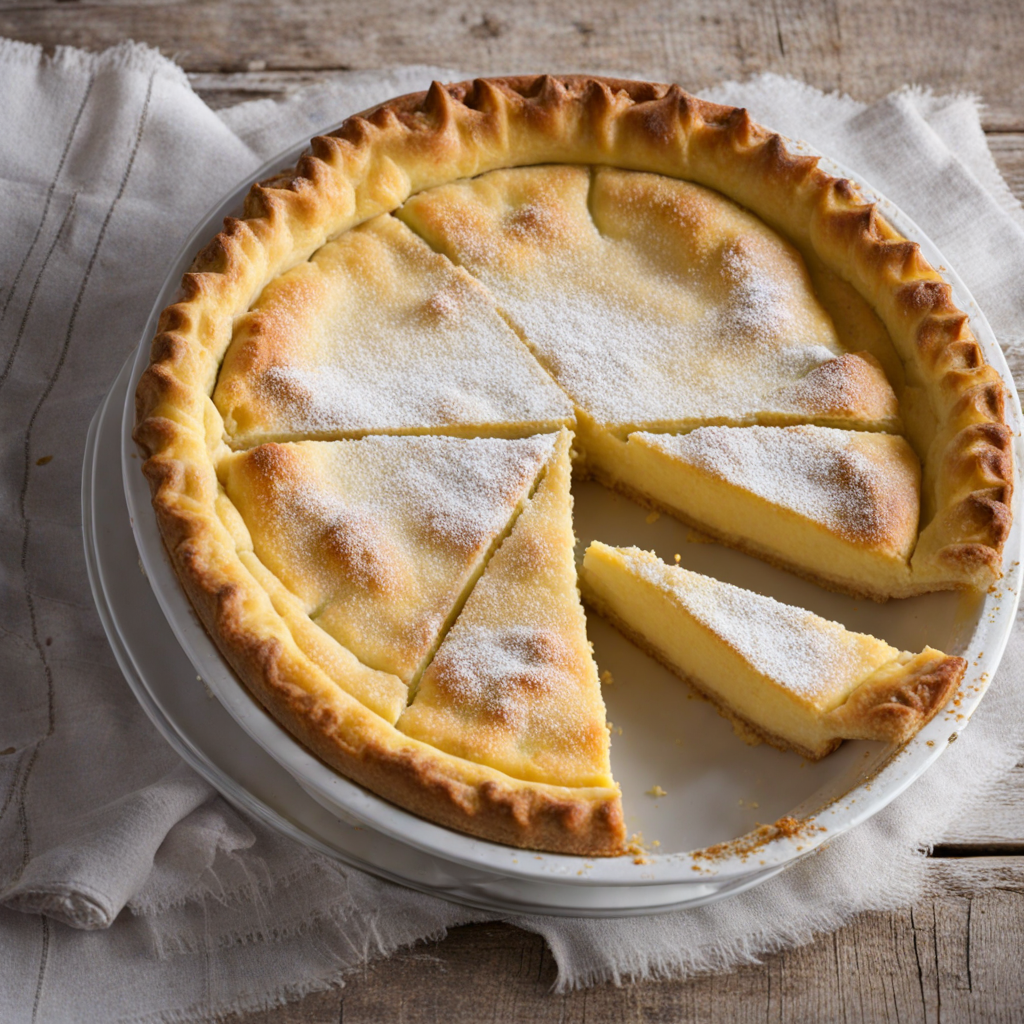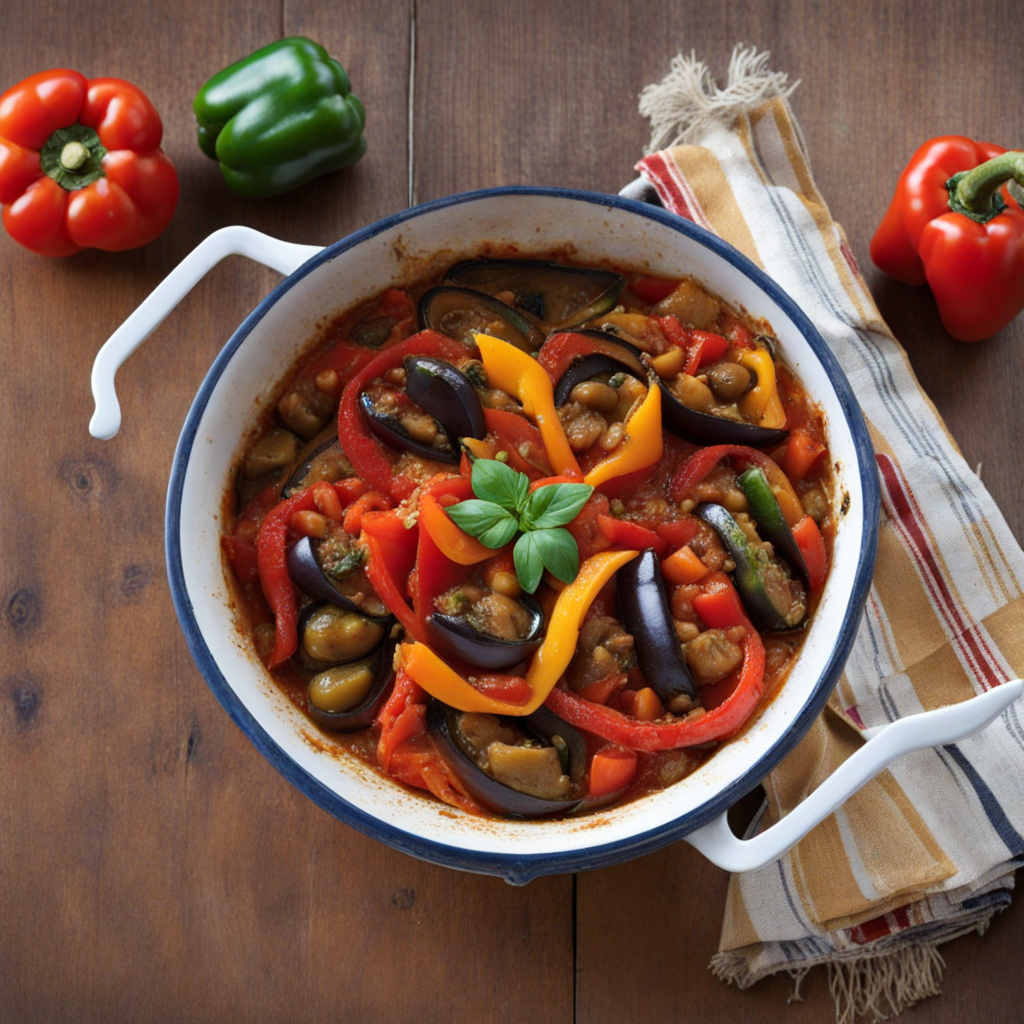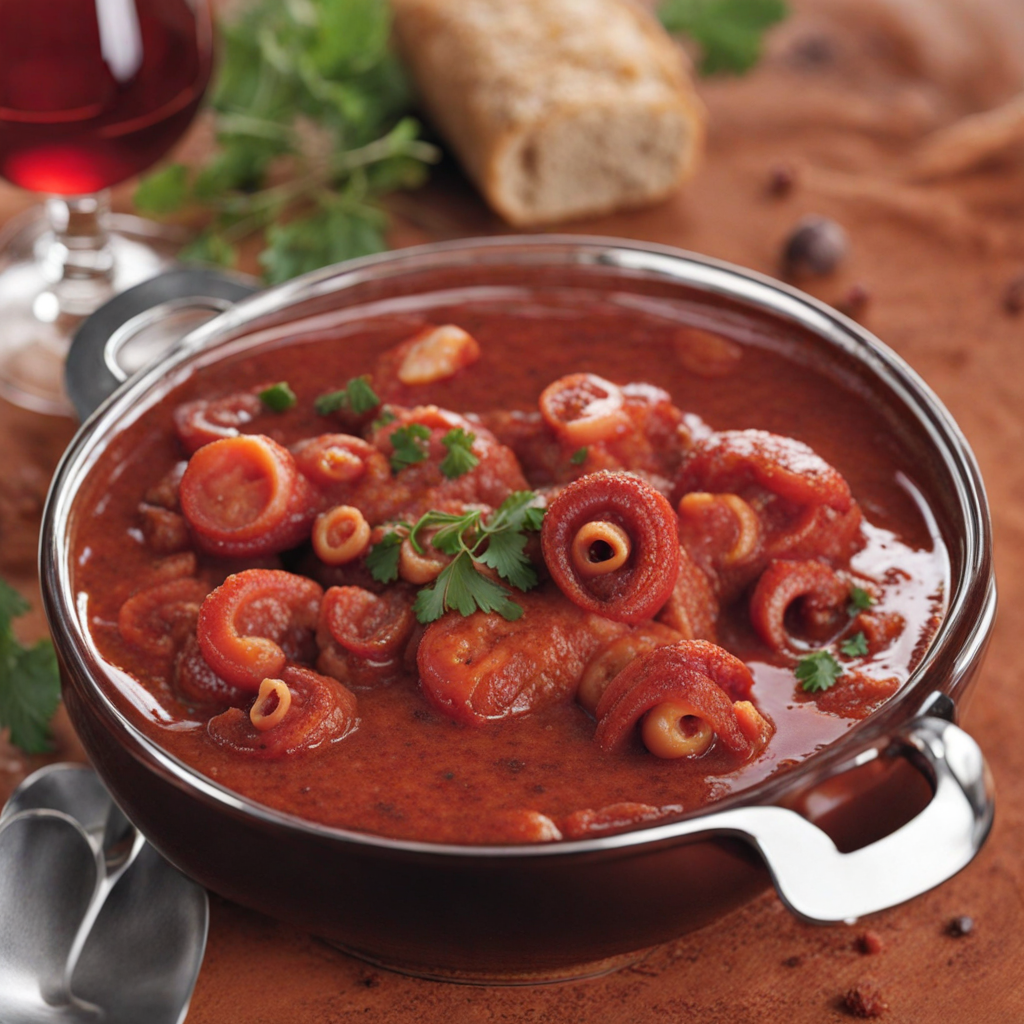Pastizzi
Pastizzi are a beloved Maltese pastry that perfectly encapsulates the island's culinary heritage. These delightful treats are typically made with flaky, buttery pastry that is reminiscent of puff pastry, which is layered to create a light and crispy exterior. The most common fillings for pastizzi are ricotta cheese and a savory blend of peas, although variations can include ingredients like spinach or chicken. The contrast between the crunchy shell and the creamy or hearty filling creates a delightful mouthfeel that keeps you coming back for more. In Malta, pastizzi are more than just a snack; they are a cultural symbol often enjoyed at any time of day. Whether you grab one from a local bakery for breakfast, savor it as a midday treat, or indulge in it during an evening gathering, pastizzi fit seamlessly into any meal or occasion. The experience of biting into a warm pastizzi, with the flaky crust giving way to the rich filling, is truly comforting and satisfying. Each bite is a celebration of Maltese flavors, embodying the country's rich history and diverse influences. What sets pastizzi apart is not just their taste, but the vibrant atmosphere surrounding their consumption. Traditionally, these pastries are enjoyed in bustling bakeries or at street stalls, where the aroma of freshly baked goods wafts through the air, enticing passersby. Pairing a pastizzi with a cup of traditional Maltese tea or a local beer enhances the experience, making it a social event as much as a culinary one. For anyone looking to explore new flavors, pastizzi offer a unique insight into Maltese culture and a delicious journey for the taste buds.
How It Became This Dish
The History of Pastizzi: Malta’s Iconic Culinary Gem Nestled in the heart of the Mediterranean, Malta boasts a rich tapestry of history, culture, and gastronomy. Among its most cherished culinary delights is the pastizzi, a flaky pastry that has become a symbol of Maltese identity and tradition. The pastizzi's origins, cultural significance, and evolution over time reflect not only the island's unique heritage but also the influences of various civilizations that have shaped Malta throughout the centuries. Origins of Pastizzi The exact origins of pastizzi are somewhat murky, but it is widely believed that the pastry has its roots in the Italian tradition of puff pastry, which was brought to Malta by the Arabs during their rule from 831 to 1091 AD. The Arabs introduced a wealth of culinary techniques, including the art of creating flaky pastries. This influence paved the way for the development of various pastries, including pastizzi. The word "pastizzi" itself is derived from the Italian word “pasta,” meaning dough or pastry, which underscores its Italian culinary influences. However, the pastry has evolved distinctly in Malta, adapting to local tastes and ingredients. Traditionally, pastizzi are filled with ricotta cheese or a spiced pea mixture, showcasing the Maltese preference for bold flavors and local produce. Cultural Significance Pastizzi are more than just a snack; they are an integral part of Maltese culture and social life. They are often enjoyed during festive occasions, family gatherings, and community events. The act of sharing pastizzi signifies hospitality and camaraderie among the Maltese people. Vendors selling pastizzi can be found in bustling towns and villages, particularly in the capital city of Valletta and the historic town of Mdina. Here, locals and tourists alike flock to pastizzerias, where the aroma of freshly baked pastries wafts through the air. Pastizzi have also found their way into the national identity of Malta. They are often depicted in local art and literature, symbolizing the warmth and vibrancy of Maltese life. Furthermore, they play a role in the culinary tourism sector, attracting visitors eager to experience authentic Maltese flavors. The pastizzi has become a culinary ambassador for Malta, often featured in food festivals and international gastronomy events. Development Over Time The development of pastizzi over time reflects the changing culinary landscape of Malta. In the early days, pastizzi were a simple affair, primarily filled with ricotta or peas. However, as Malta became a melting pot of cultures, the fillings began to diversify. The British, who ruled Malta from 1800 to 1964, introduced new ingredients and culinary techniques that influenced local cuisine. This period saw the emergence of new fillings, including chicken, spinach, and even sweet variations filled with almond paste or custard. In the late 20th century, as globalization increased, pastizzi began to evolve further. New flavors and fillings emerged, catering to a broader audience and experimenting with fusion cuisine. Chefs started to innovate, incorporating global culinary influences while maintaining the traditional flaky pastry base. This experimentation has allowed pastizzi to remain relevant in a rapidly changing food landscape. Making Pastizzi: A Culinary Craft The process of making pastizzi is an art in itself, often passed down through generations. The dough is prepared using flour, water, and a generous amount of lard or butter, which contributes to its characteristic flaky texture. The dough is rolled out thinly, layered with fat, and folded multiple times to create the signature flaky layers. The filling is then placed in the center, and the pastry is folded over to create a pocket, sometimes adorned with a decorative crimped edge. Traditionally, pastizzi are baked until golden brown, and they are best served hot, allowing the steam to escape and the filling to shine. The pastry's crispy exterior complements the rich, creamy, and often savory filling, making for a delightful culinary experience. Modern-Day Pastizzi In recent years, pastizzi have enjoyed a renaissance, with new establishments dedicated solely to this beloved pastry. Artisan pastizzerias have emerged, offering a modern take on traditional recipes. Chefs experiment with new fillings, such as Mediterranean-inspired combinations, while also catering to vegetarian and vegan diets. The rise of social media has helped to elevate pastizzi's profile, with food bloggers and influencers showcasing their deliciousness and visually appealing presentations. Furthermore, pastizzi have found a place in Maltese heritage preservation efforts. As the younger generation becomes increasingly aware of the importance of culinary traditions, there are movements to celebrate and preserve the craft of pastizzi-making. Workshops and cooking classes are offered to teach both locals and visitors the art of creating this iconic pastry, ensuring that the skills and recipes are passed down to future generations. Conclusion The pastizzi is more than just a delicious pastry; it is a testament to Malta’s rich history and cultural evolution. From its Arabic roots to its Italian and British influences, pastizzi encapsulate the island's diverse culinary heritage. As a beloved snack enjoyed by locals and tourists alike, pastizzi hold a special place in the hearts of the Maltese people. The ongoing evolution of pastizzi, with its innovative fillings and modern interpretations, ensures that this culinary gem will continue to thrive in Malta's vibrant food scene. As you indulge in a warm, flaky pastizzi, take a moment to appreciate the layers of history, culture, and tradition that each bite embodies. Whether you savor its classic ricotta filling or explore contemporary variations, the pastizzi remains a delicious reminder of Malta's rich gastronomic legacy, inviting all who taste it to share in its story.
You may like
Discover local flavors from Malta







